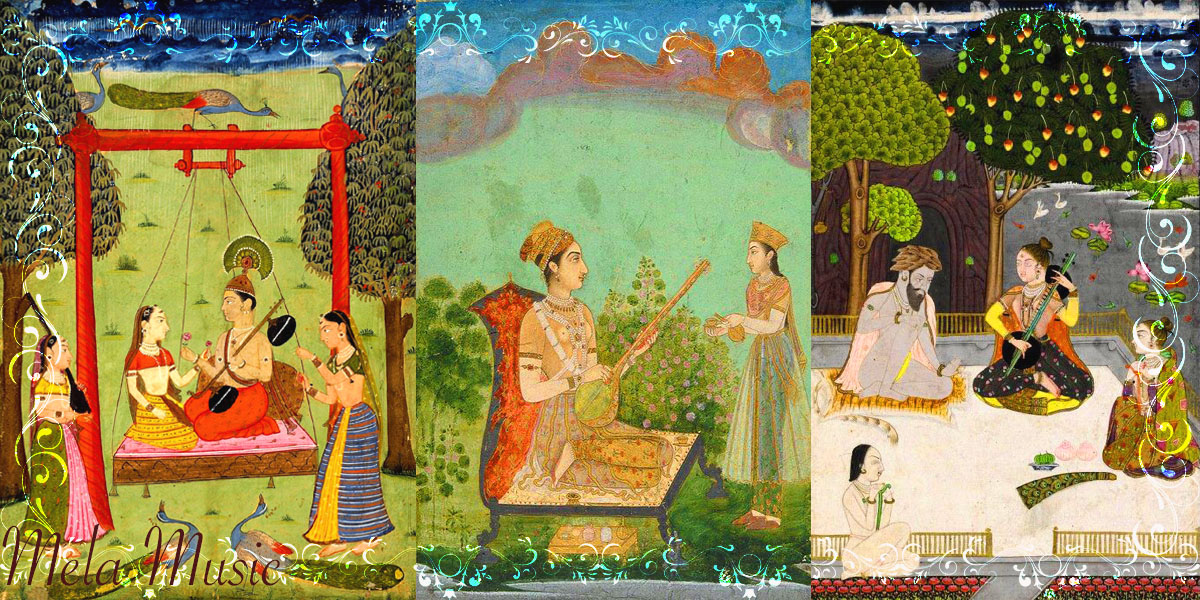
Raga Janasamohini is a beautiful and captivating raga that belongs to the Carnatic music tradition of South India. It is known for its melodic richness and evocative nature, capable of creating a sense of deep emotional resonance. Raga Janasamohini is considered a janya raga, derived from the 28th melakarta raga Harikambhoji. It is classified under the 29th melakarta raga, Dheerashankarabharanam.
Janasamohini is known for its ability to evoke a range of emotions, including a sense of longing, introspection, and tenderness. Its melodic phrases are often expressed with delicate ornamentations, subtle gamakas (note oscillations), and graceful movements, allowing the artist to explore the raga’s expressive potential fully.
This raga has found its place not only in classical Carnatic music but also in other genres such as film music and devotional compositions. Composers have beautifully crafted compositions in Janasamohini, showcasing its versatility and emotional appeal. Its distinct melodic contours and evocative nature make it a favorite among musicians and connoisseurs of Carnatic music.
In conclusion, Raga Janasamohini is a mesmerizing raga that emanates a sense of emotional depth and introspection. Derived from the melakarta raga Harikambhoji, it carries the essence of its parent scale while incorporating its unique melodic phrases. Through its delicate movements and expressive capabilities, Janasamohini evokes a range of emotions, captivating listeners with its timeless beauty. Whether in classical performances or other musical contexts, this raga continues to inspire and enchant with its evocative melodies and intricate ornamentations, making it a cherished gem in the Carnatic music tradition.
